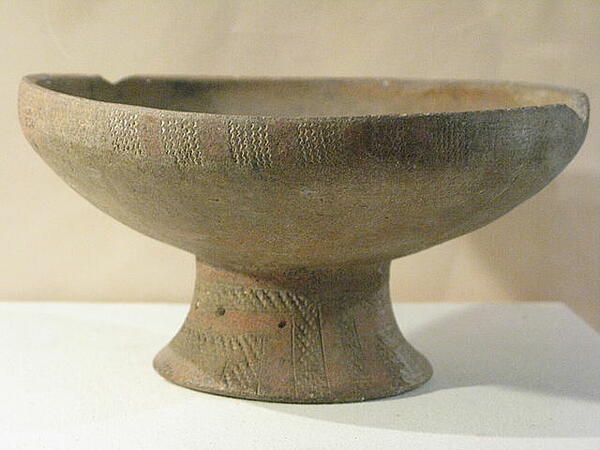Sa Huynh culture
Sa Huynh culture was a culture predominantly present in Vietnam between 1,000 BC and 200 AD. Sa Huynh people are thought to have been related to Austronesian-speaking people, evidence of whom have been found across Southeast Asia.
One of the most notable features of Sa Huynh culture was their artefacts, a plethora of which have been found in many Sa Huynh excavation sites across Vietnam. Items discovered included iron axes, swords, spearheads, knives and sickles.
In addition, the Sa Huynh people were known for creating ear ornaments and intricate beads from a number of special materials including glass, agate, zircon, garnet and gold. Interestingly, many of these materials were not found in the region and as such many historians believe the population was importing goods via established trade routes.

This theory was supported by the discovery of Sa Huynh artefacts in two caves in the Philippines. The first cave, known as the Palawan Tabon Caves and home to Tabon Man, were found to be home to many examples of Sa Huynh ear ornaments, supporting the idea of an extensive trade network.
Additionally, scientists found many artefacts in the Kalanay Cave on the island of Masbate in the centre of the Philippines. Here, archaeologists discovered many items including both plain and patterned examples of pottery. In fact, the site is one of the “Sa Huynh-Kalanay” pottery complex, with many artefacts sharing similarities with those created in Vietnam, including pottery dated back to 400 BC. Archaeologists including Wilhelm Solheim have suggested that this pottery may have been used for cooking or storage, although some is thought to have been used as ritual bowls.
Other items discovered included stone, shells, glass and metal artefacts such as beads. Meanwhile, iron and bronze items found were thought to have been weapons parts.
MLA Citation/Reference
"Sa Huynh culture". HistoryLearning.com. 2025. Web.
